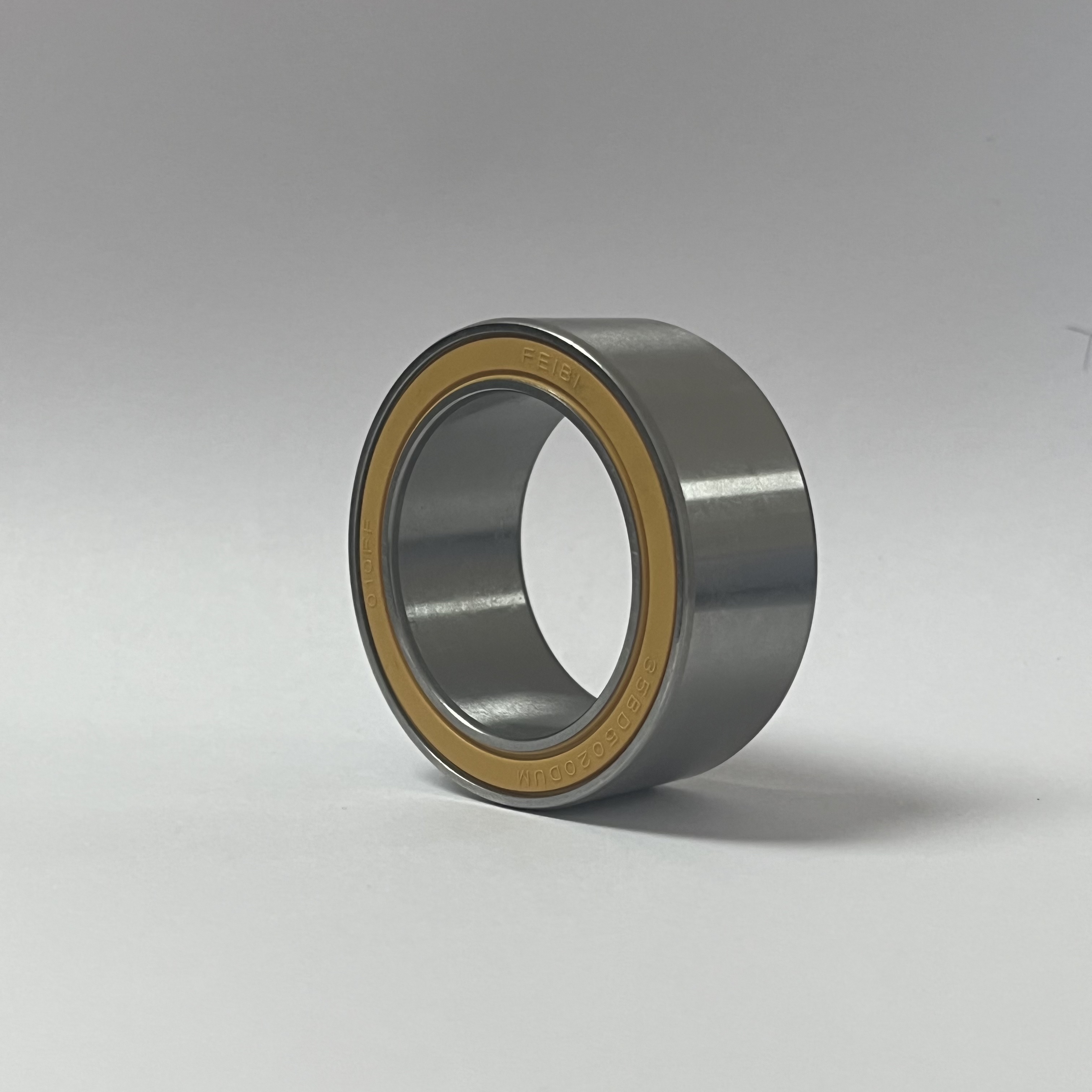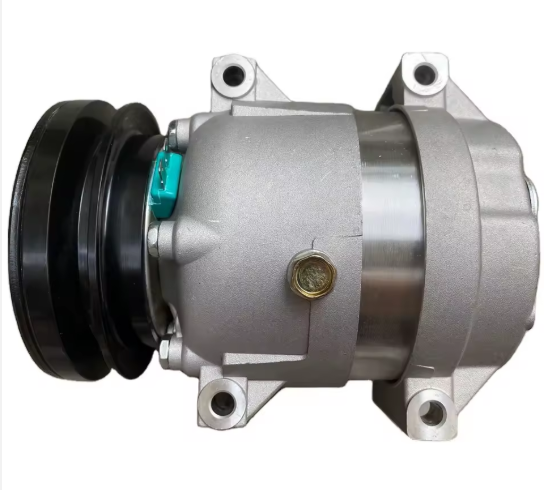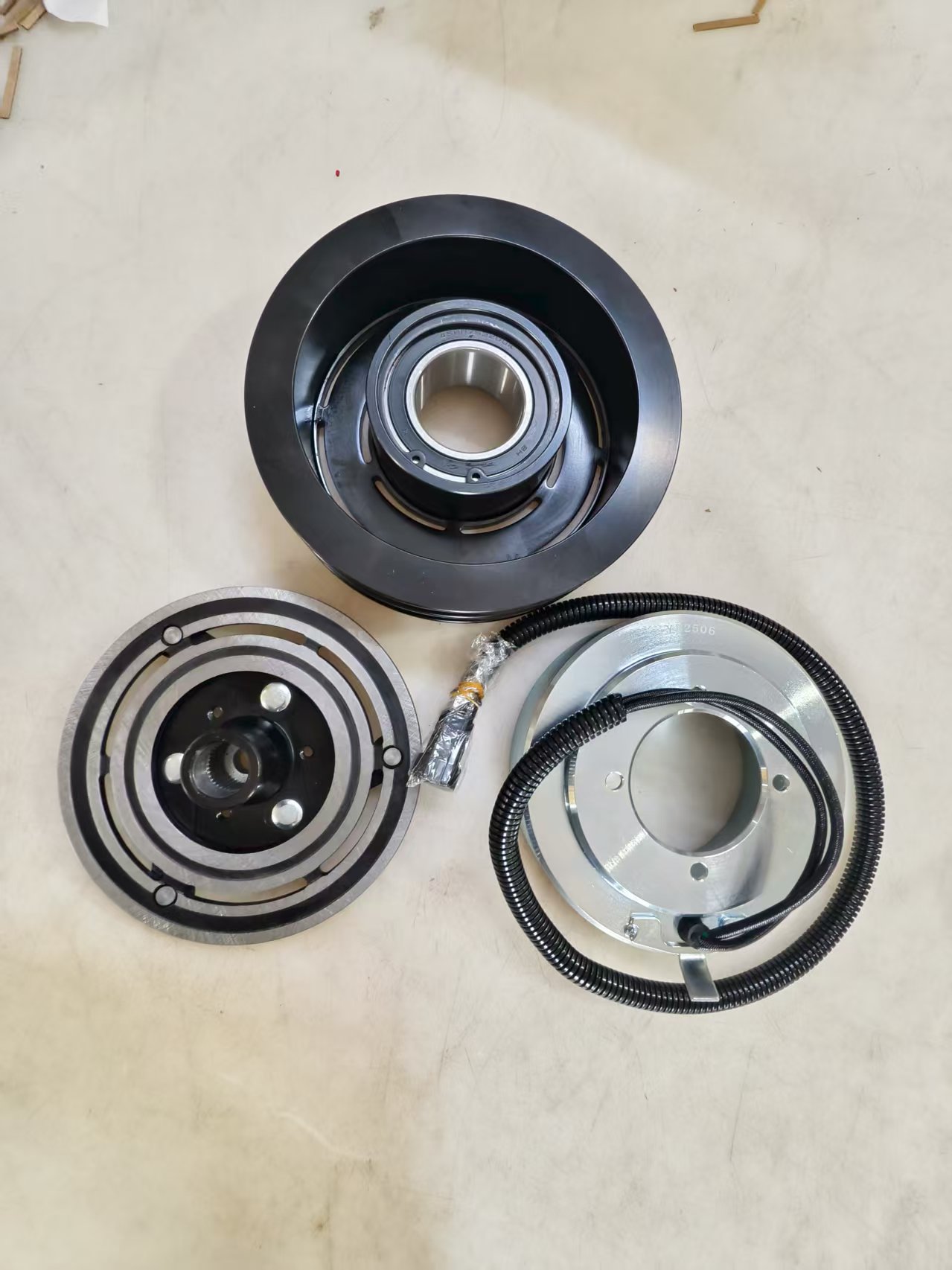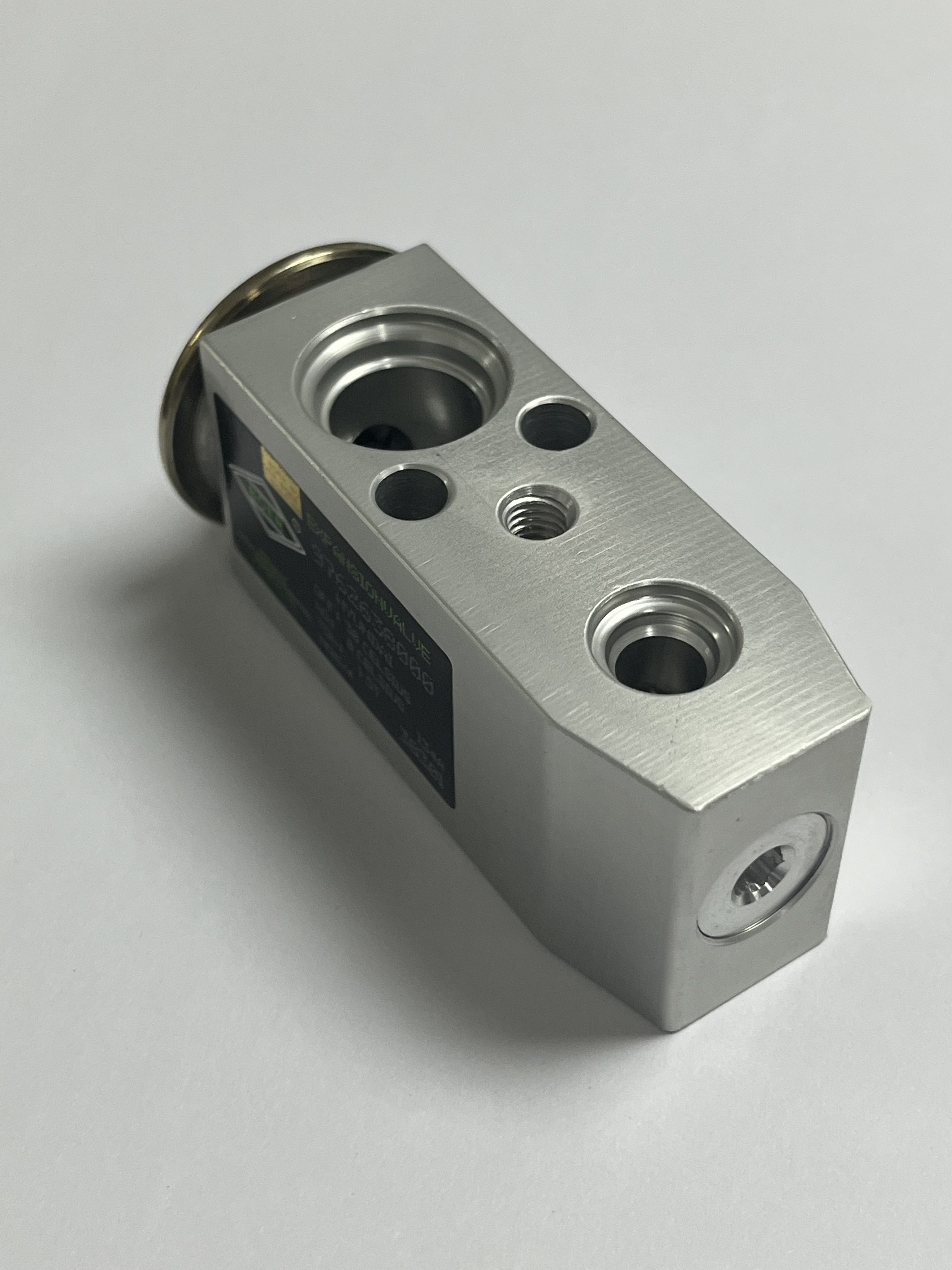Why Your AC’s "Heart" Deserves Attention
On a sweltering summer afternoon, when you hit the AC and feel an instant rush of cool air—you have the automotive compressor to thank. On a foggy winter morning, when your defroster clears the windshield in minutes? Again, the compressor is hard at work. This unassuming component is far more than a "nice-to-have": it’s the engine of your vehicle’s climate control system, turning refrigerant into the comfort and visibility that keep you safe and focused.
Think of it this way: without a functioning compressor, your AC might as well blow warm air. A weak or failing unit? It leads to sluggish cooling, noisy operation, and even damage to other AC parts. For drivers and mechanics alike, understanding what makes a compressor tick—and why quality matters—isn’t just technical knowledge; it’s the key to avoiding costly breakdowns and keeping your climate control reliable, no matter the weather.
How It Works: The Compressor’s Role in the Cooling Cycle
The automotive compressor’s job is simple in concept, but precise in execution: it’s the pump that drives the entire refrigerant cycle. Here’s a step-by-step breakdown of its critical function:
-
Draws in low-pressure refrigerant: The cycle starts when the compressor pulls in low-pressure, gaseous refrigerant from the evaporator (the component that blows cool air into your cabin).
-
Compresses the refrigerant: Using mechanical force (powered by the engine via a belt or, in EVs, an electric motor), the compressor squeezes the gas into a high-pressure, high-temperature vapor. This is where the "work" happens—pressurization is what makes cooling possible.
-
Kicks off heat release: The pressurized vapor flows to the condenser (usually located at the front of the vehicle), where it releases heat and condenses into a high-pressure liquid.
-
Completes the cycle: The liquid refrigerant then moves to the expansion valve, which reduces its pressure, sending it back to the evaporator to absorb cabin heat—and the cycle repeats.
A premium compressor does this with minimal energy waste. By optimizing refrigerant flow and reducing engine load, it doesn’t just cool faster—it can even boost fuel efficiency. A subpar unit, though? It struggles to maintain pressure, leading to weak cooling, strained engine performance, and annoying noises (think grinding or squealing) as moving parts wear unevenly.
What Makes a Premium Automotive Compressor Stand Out?
Not all compressors are created equal. The best units combine precision engineering, durable materials, and smart design to deliver consistent performance for years. Here are the non-negotiable traits of a top-tier compressor:
1. Robust Build for Engine Bay Rigors
Engine bays are brutal environments: extreme temperatures (from -40°C winters to 120°C summers), constant vibration, and exposure to dust and fluids. Premium compressors use high-grade aluminum or steel housings that resist corrosion and thermal fatigue. Internal components—like pistons and bearings—are made from hardened alloys to withstand wear, even under heavy use (think stop-and-go traffic or long highway drives).
2. Efficiency-Centric Design
Modern drivers care about fuel economy, and the best compressors deliver. Features like variable displacement technology (which adjusts compression power based on cooling needs) reduce engine load by up to 30% compared to older fixed-displacement models. Ribbed pulleys—often overlooked—are another key detail: they distribute belt tension evenly, minimizing slippage and maximizing drive efficiency, so less engine power goes to the compressor and more stays with your acceleration.
3. Smart Integration & User-Friendly Details
Top compressors are designed with both mechanics and vehicles in mind. Advanced fittings and color-coded connectors speed up installation, cutting labor time by 20% or more. Built-in sensors monitor pressure and temperature in real time, alerting the vehicle’s ECU to potential issues before they cause breakdowns. Clear identification panels (with part numbers, compatibility info, and maintenance schedules) make tracking and servicing a breeze—no more guessing if a part fits your make and model.
Why Reputable Suppliers Are Non-Negotiable
A compressor is only as good as its source. When shopping for AC parts, choosing a reputable supplier isn’t just a "safe" choice—it’s a financial and safety imperative. Here’s why:
-
Quality Guarantees: Trusted suppliers test every compressor to meet or exceed OEM standards. This means you’re getting a part that fits like the original and performs just as well (if not better).
-
Avoid "Chain Reaction" Damage: A cheap, counterfeit compressor might save money upfront—but it’s risky. Leaky seals, faulty valves, or weak bearings can cause refrigerant leaks, damage the condenser, or even seize the engine. The cost of fixing these issues? Often 5-10x the price of a premium part.
-
Broad Compatibility: Leading suppliers offer compressors engineered for 95% of vehicles—from luxury sedans and electric cars to heavy-duty trucks and off-road SUVs. No more hunting for a "specialty" part; you get a seamless fit every time.
-
Support When You Need It: Reputable suppliers back their products with warranties (often 2-5 years) and technical support. If you have installation questions or run into issues, you’re not left stranded.
The Future: Efficiency & Sustainability in Auto Cooling
As the automotive industry shifts to electric vehicles and stricter emissions standards, compressors are evolving too. The next generation of AC compressors isn’t just about cooling—it’s about sustainability:
-
Electric Compressors for EVs: EV-specific compressors run on battery power (not engine belts), reducing energy waste and extending range. They’re also quieter and more compact, fitting into tight EV engine bays without sacrificing performance.
-
Eco-Friendly Refrigerants: Premium compressors are designed to work with low-GWP (global warming potential) refrigerants, aligning with EU and US regulations to reduce environmental impact.
-
Smart Energy Management: New models integrate with vehicle telematics, adjusting cooling power based on driver behavior (e.g., reducing output when the cabin is empty) to save energy and cut emissions.
This isn’t just innovation for innovation’s sake—it’s a win-win: drivers get better performance and lower costs, while the planet gets a smaller carbon footprint.
Conclusion: Invest in the Heart of Your AC
Your vehicle’s climate control system lives or dies by its compressor. A premium unit delivers fast cooling, quiet operation, and long-term durability—all while saving you money on fuel and repairs. A cheap, low-quality alternative? It’s a ticking time bomb of breakdowns and costly fixes.
The choice is clear: when it comes to your AC compressor, prioritize quality, choose a reputable supplier, and opt for units that blend efficiency with sustainability. Whether you’re a professional mechanic servicing client cars or a driver upgrading your own vehicle, investing in the "heart" of your climate control system ensures you stay cool, comfortable, and safe—no matter where the road takes you.







